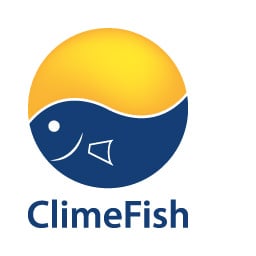Adaptive strategies to cope with the predicted impacts of climate change
Developing an effective and realistic approach that allows stakeholders to develop their adaptive management plans for the three production sectors is important. ClimeFIsh partners at MATIS in WP5, in cooperation with ClimeFish case study and sector leaders, has been working to find the most suitable approach that will fit all three sectors and the stakeholders within each case. The next step is to get feedback from stakeholders at stakeholder meetings and with their help, estimate the feasibility of the approach and go through the whole process with them. One of our aims is to make this process as simple and accessible as possible in order to enable implementation of our results in fisheries and aquaculture industries outside of the project.
The goal of WP5 is to define and design applicable and realistic adaptive strategies to cope with the predicted impacts of climate change on fish production sectors, based on i) climate forecasts, ii) a detailed breakdown of main vulnerabilities of the production systems and iii) analysis of the system’s adaptive capacity. The approach is demonstrated below:
1) As different components of the production system will react to climate change in a different manner, it is important to break the production system in question, such as a fishery, down to its different components/characteristics and define their current status and management. This has been done with the ClimeFish CS leaders, as they have the expertise and experience from their CSs.
2) After all system’s characteristics have been identified and described, their vulnerability towards future climate change has to be estimated. This will be done using the climate forecasts from WP3 and the outputs from WP4, as well as expertise from CS leaders and stakeholders.
3) After we’ve looked and analysed the vulnerabilities of all the system’s characteristics, the next step will be to prioritize the characteristics and rank them based on their potential vulnerabilities towards future CC. Only those characteristics that show high vulnerability will be addressed further and taken towards the next step: to design adaptive measures.
4) Characteristics that are in need of adaptive measures (based on previous steps), will be presented to stakeholders at CS meetings. At these stakeholder meetings, the adaptive capacity of each characteristic will be evaluated, objectives for adaptive measures will be clarified and the measures themselves designed. Finally, each measure will get benchmarks and indicators in order to monitor the progress and success of the measure.

Adapted from Grafton, 2010
The output from WP3, WP4 and WP5 will all come together in this approach. Today, the identification of the characteristics within each CS, their current status and management has been evaluated with the help of CS leaders. The next step is then to get stakeholder liaisons from each CS to review the approach and give their feedback and suggestions regarding adaptive capacity and measures.

